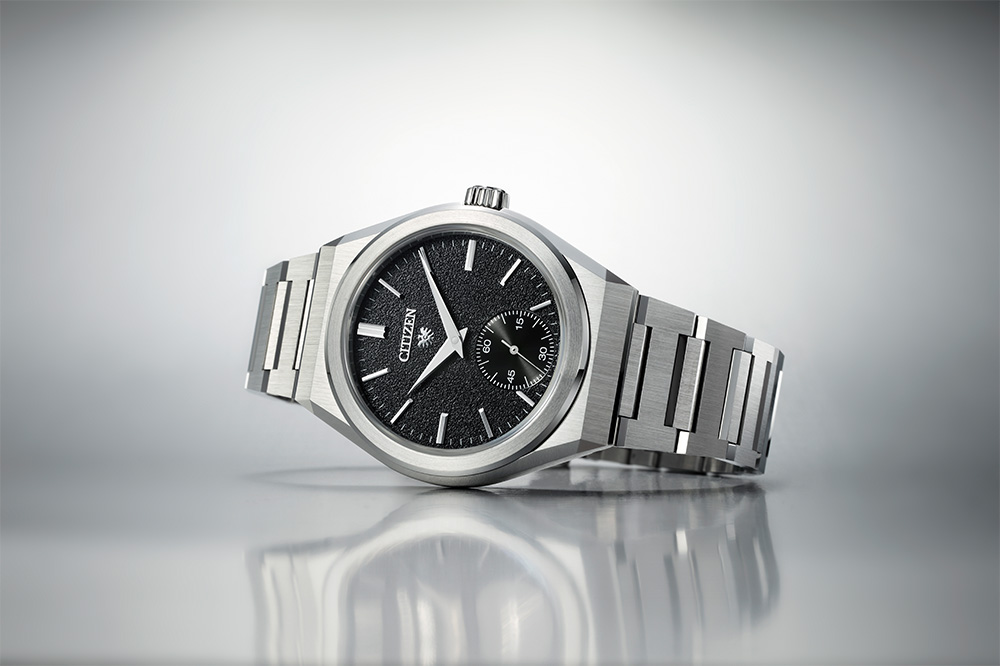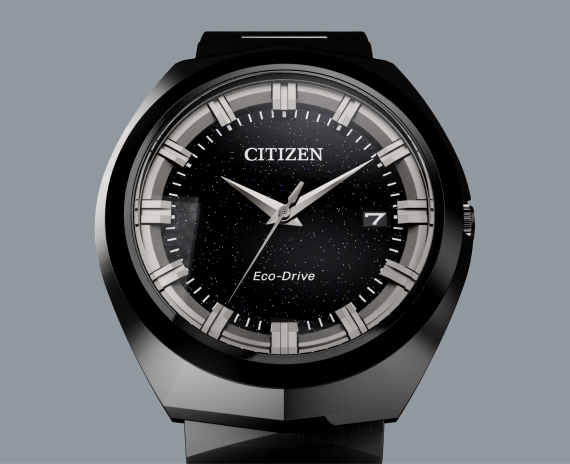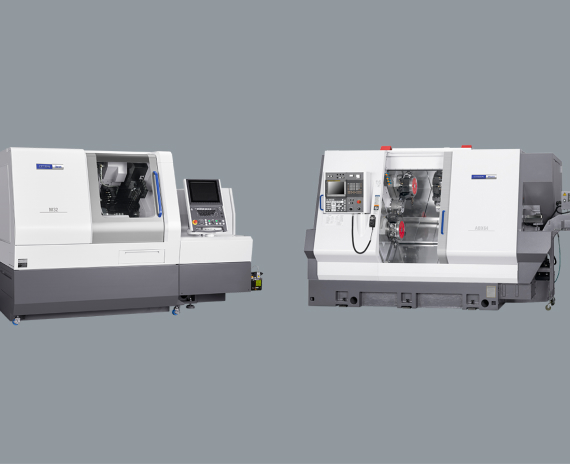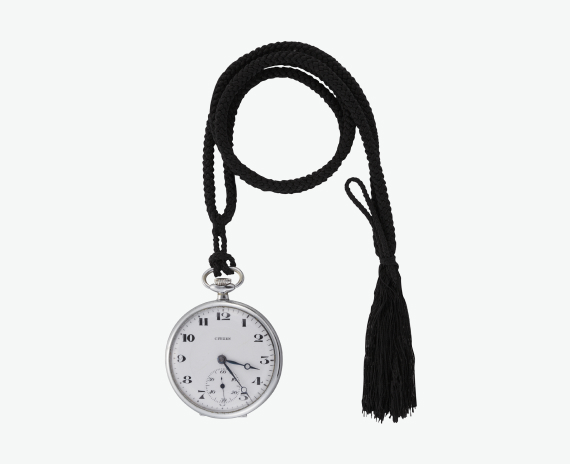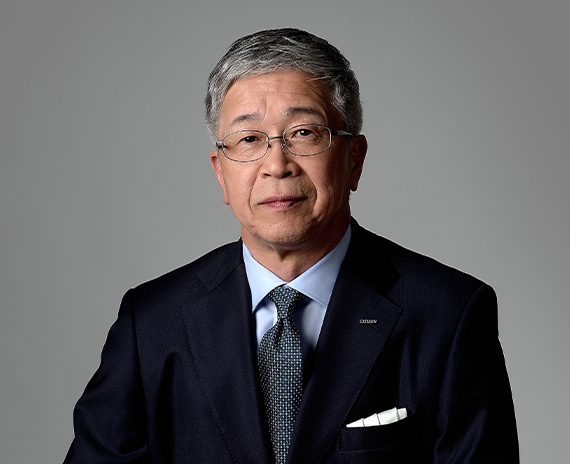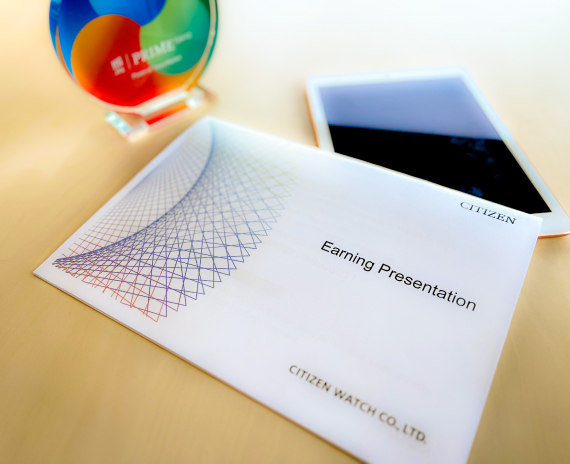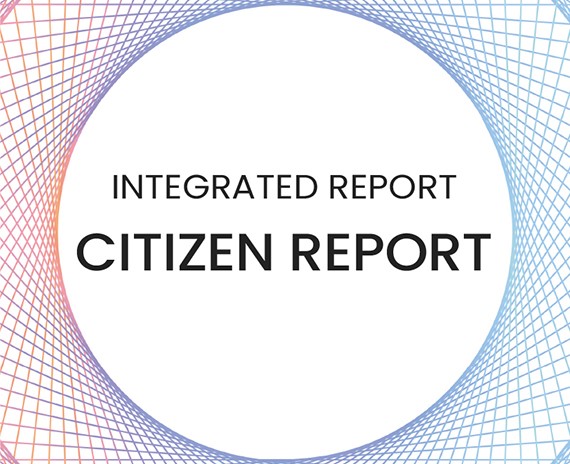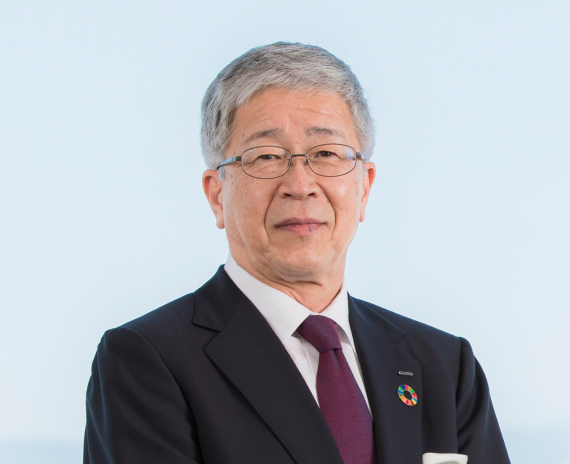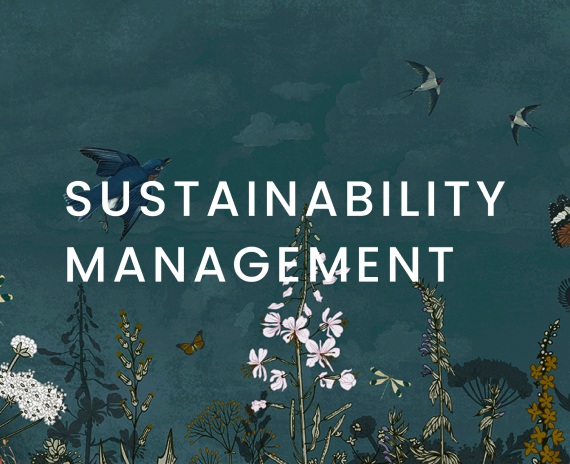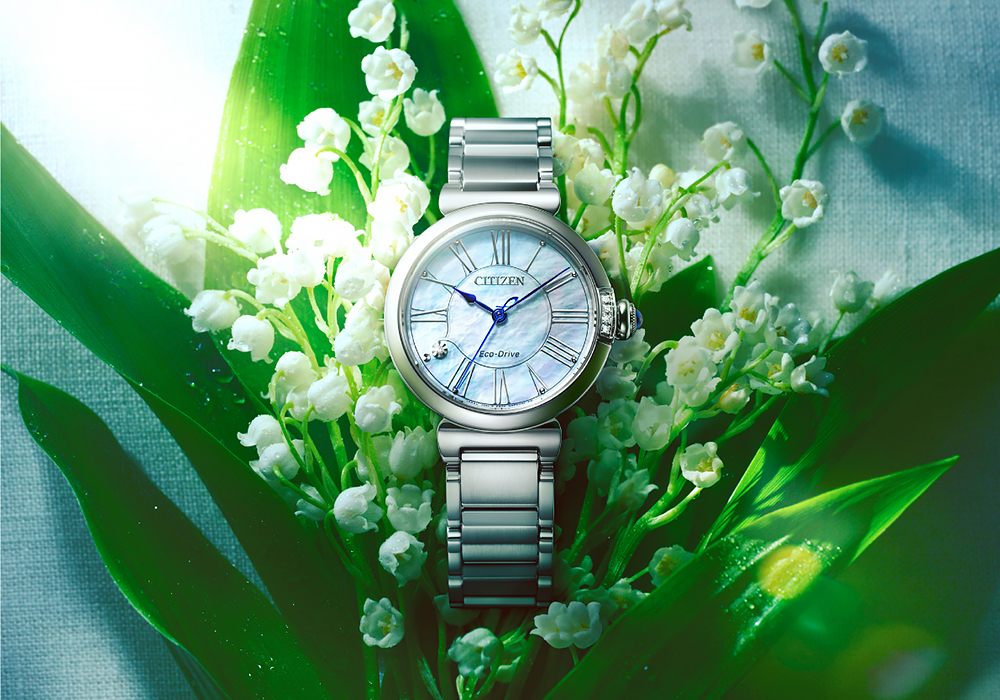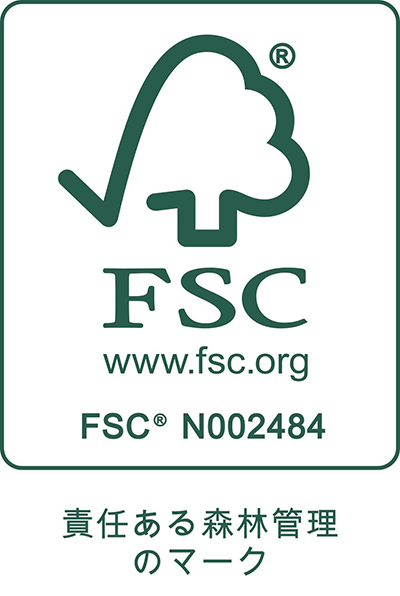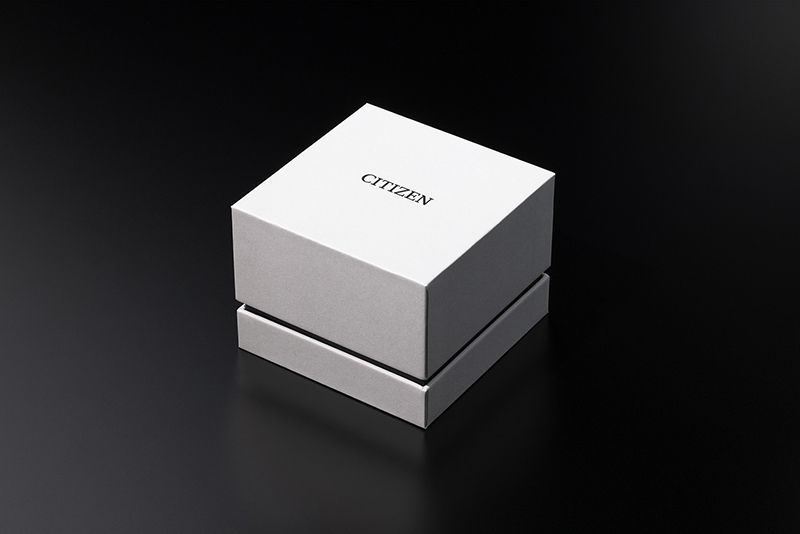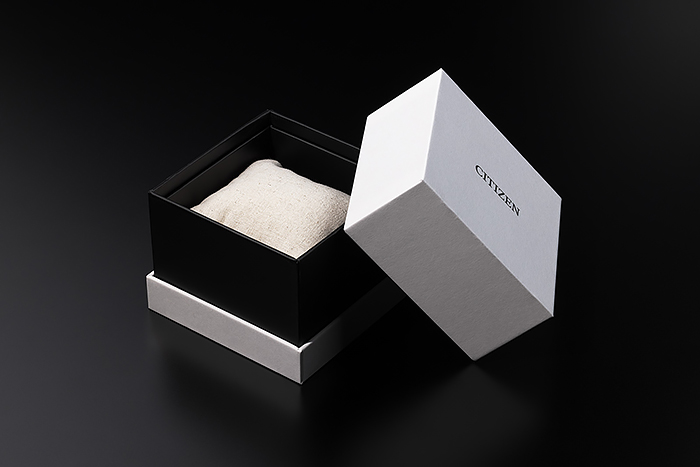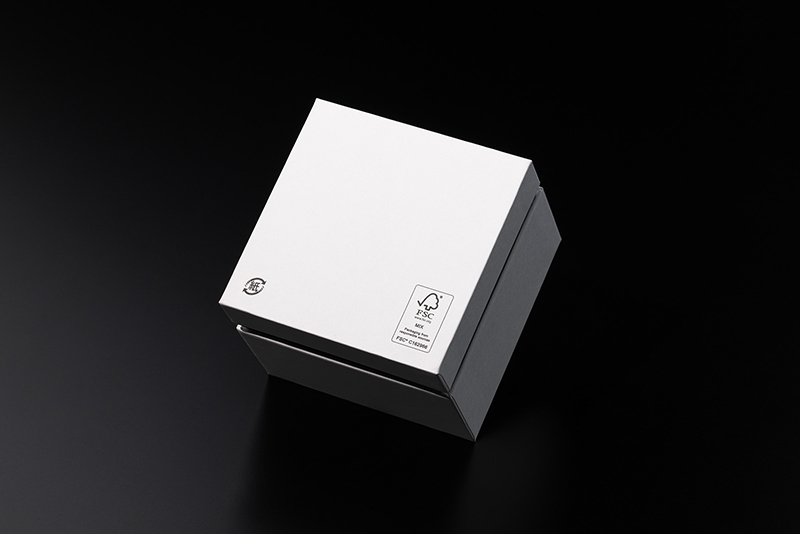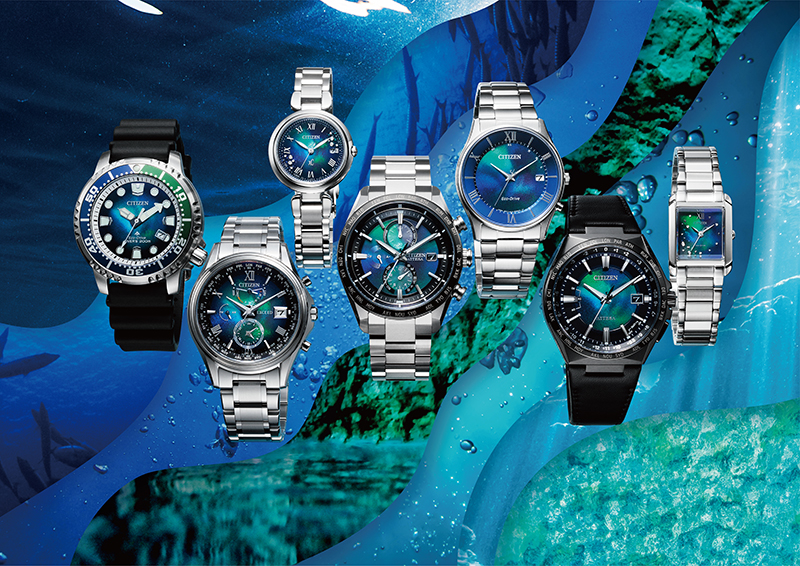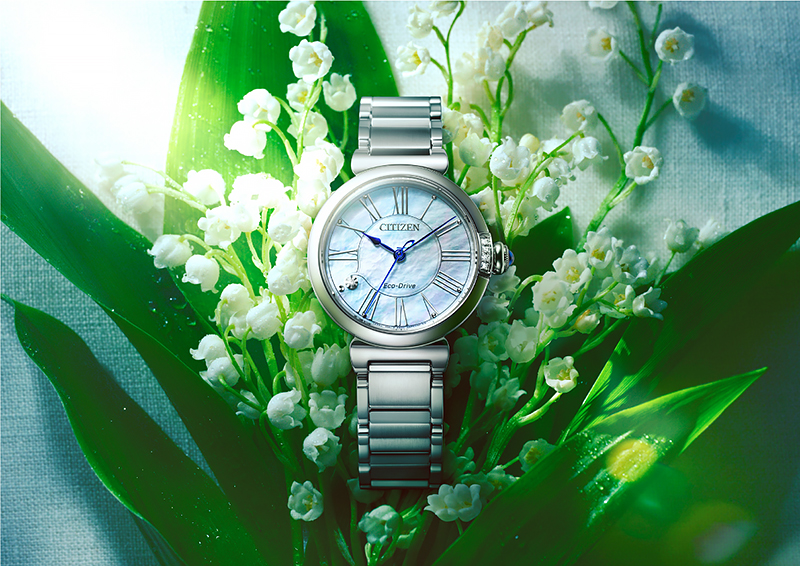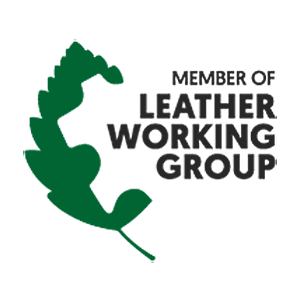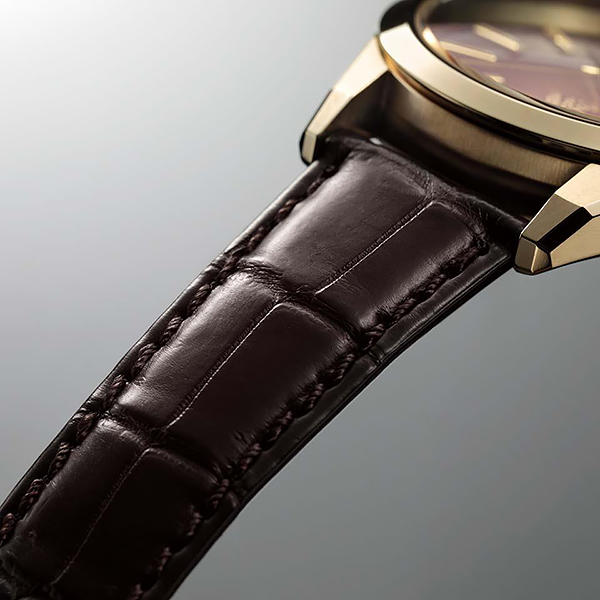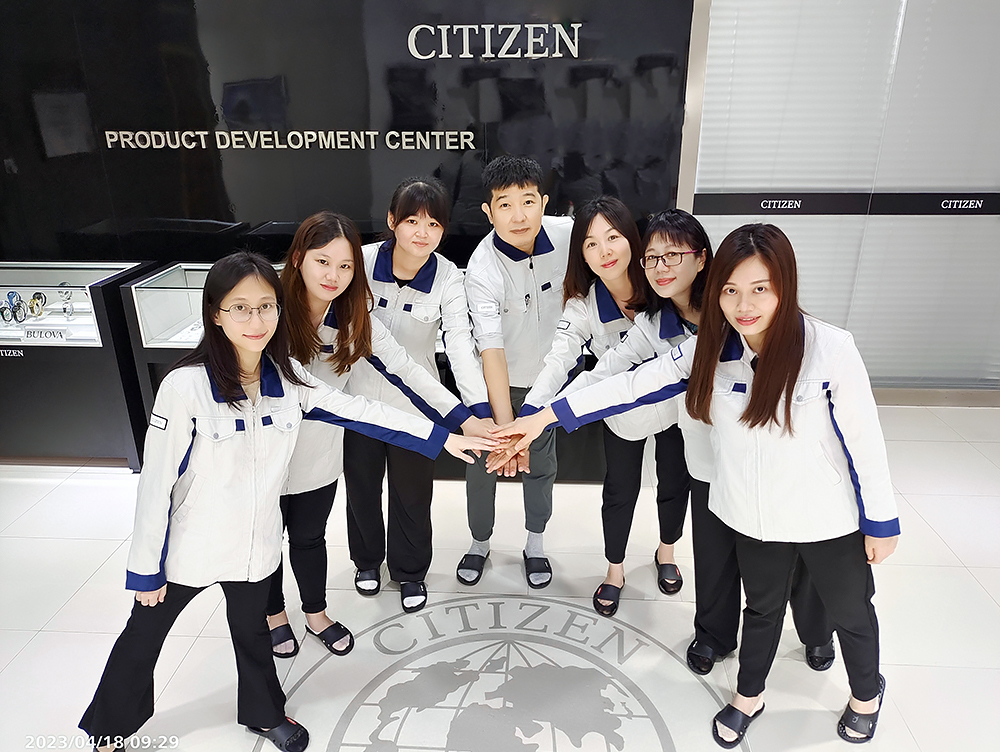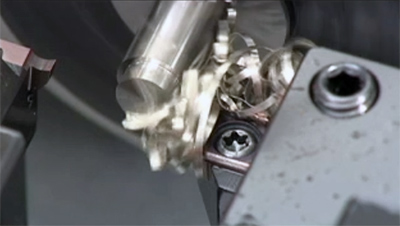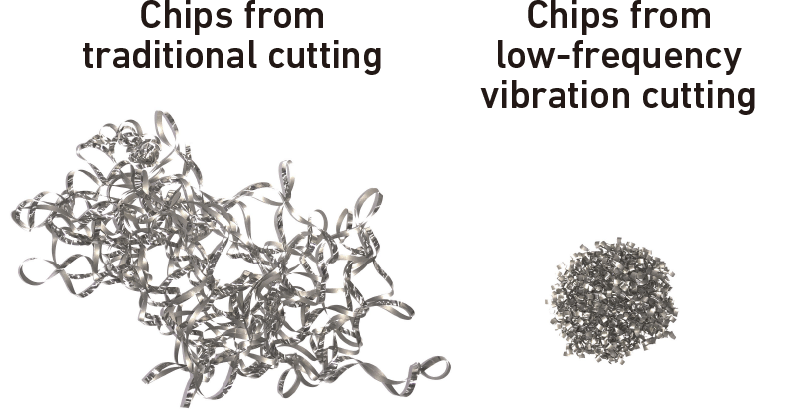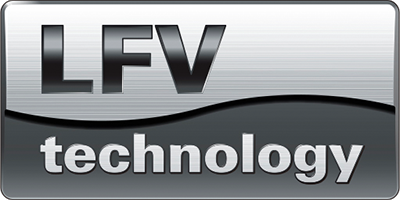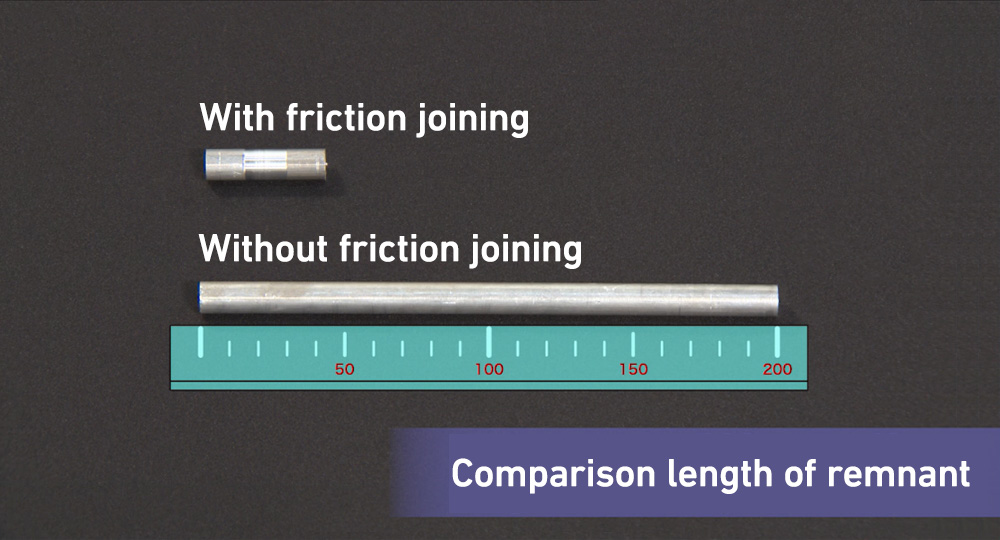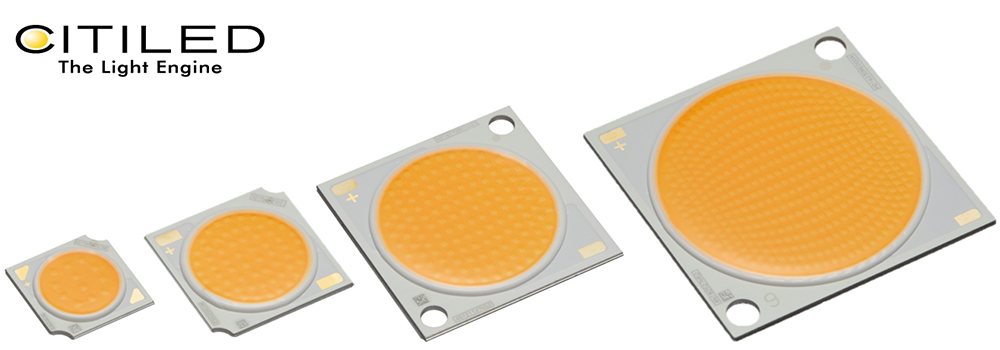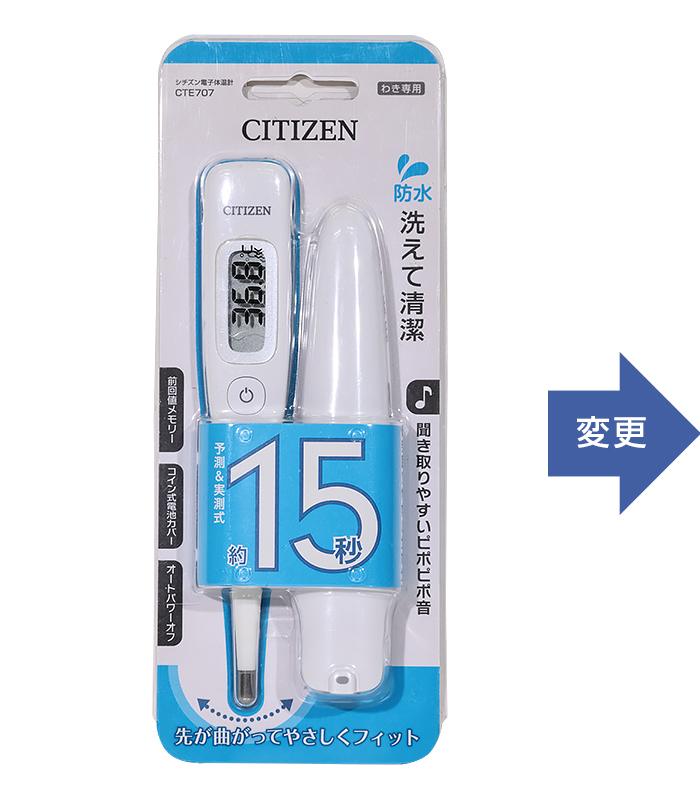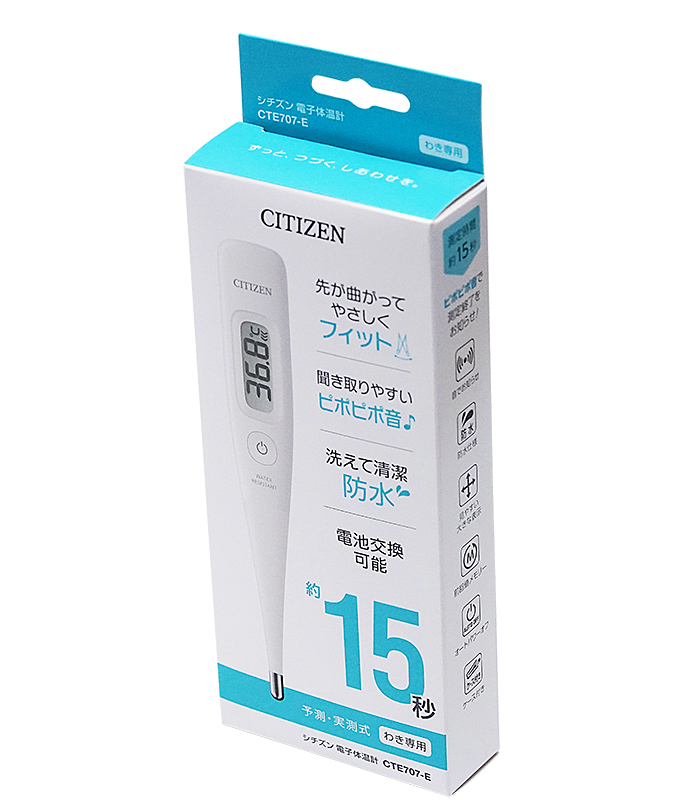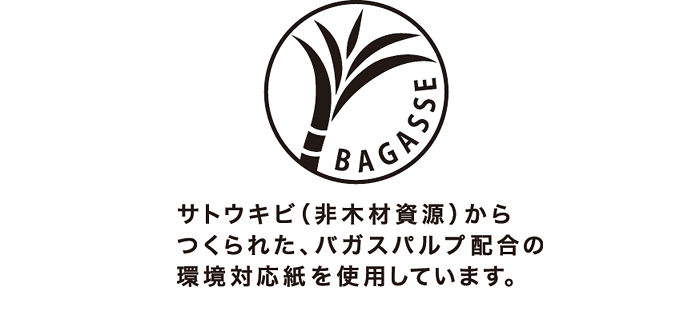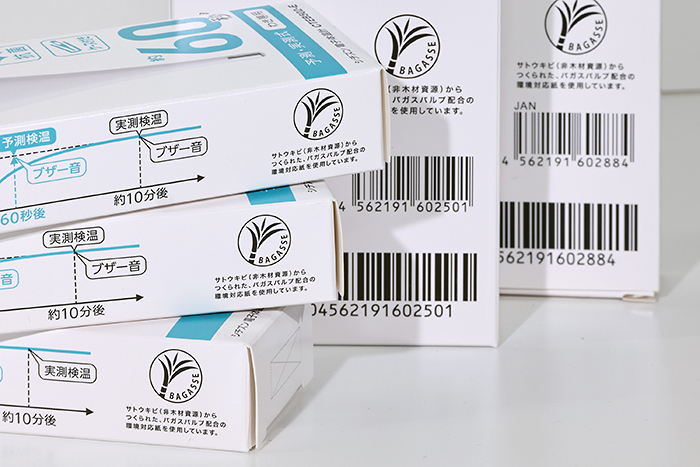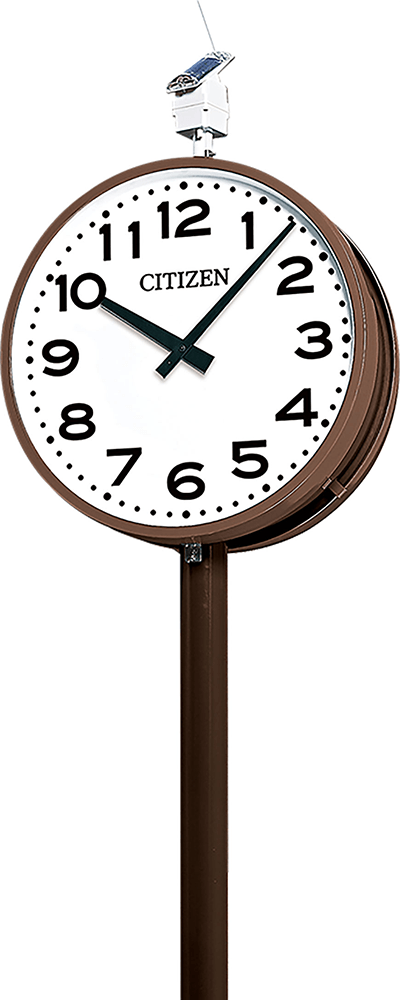[Case Study] Technology and Services for a Wristwatch that Will Stay with You for Years to Come: The CITIZEN Mechanical Model
CITIZEN WATCH
Since its establishment in 1918, CITIZEN has continued to create and nurture watches with the wish that they will be loved by citizens for many years to come. As a manufacturer capable of designing, assembling, and adjusting its own parts, The CITIZEN, which is equipped with a specially designed movement that is the culmination of the company's own technology, requires outstanding assembly skills. From the movement to the finished product, the watch is assembled by highly skilled watch assemblers. In August 2021, CITIZEN launched its first mechanical watch from The CITIZEN in about 10 years. Mechanical watches are another sustainable product along with CITIZEN's core technology "Eco-Drive" in that, with regular maintenance, they can be used for a long time and passed on to the next generation. To assist with the maintenance, we offer the CITIZEN Owner's Club, which provides detailed services. By having customers register with the CITIZEN Owner's Club, we are able to provide prompt and high-quality service in response to inquiries and requests.
All of our watches are designed to be close to the person who wears them. As proof of this, the CITIZEN “eagle mark” symbol is placed on the dial. The eagle mark represents the two intentions of “The CITIZEN,” namely to always look ahead and pursue ideals, and to be close to the person who will be wearing the watch for many years to come.
